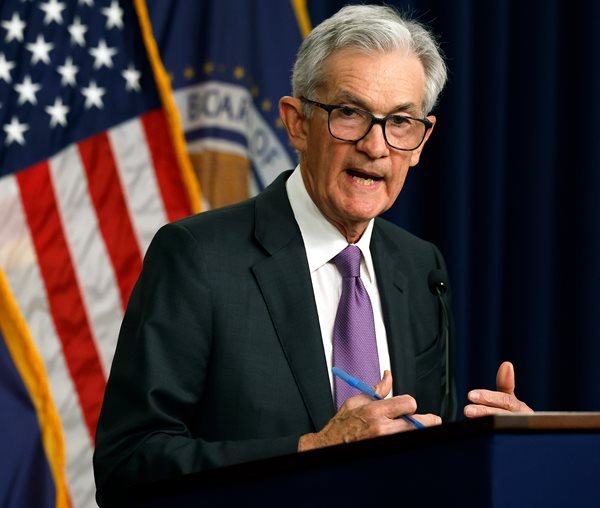[ad_1]
Implications of Retail Price Cuts and Consumer Spending On The Federal Reserve
The continuous price cuts by prominent U.S. retailers could potentially support the Federal Reserve’s belief in a declining inflation. Recent data illustrating a reduction in consumer spending might also assist in absorbing shock from corporate profits that have been capturing more significant portions of national income since the COVID-19 pandemic.
Slower Economic Growth and Inflation Expectations
Last Thursday, the Commerce Department reported that the U.S. economy’s growth rate was slower than initially anticipated, with a 1.3% increase annually in the first quarter of the year, down from the initially estimated 1.6%. The reduced pace of consumer spending largely marks this change, hinting that this mainstay of the economy might be slowing, aligning with expectations of the Federal Reserve officials. This slowdown may in turn help tackle inflation too.
Upcoming Inflation Data
Economists expect the personal consumption expenditures price index to have increased at an annual rate of 2.7% in April, mirroring the rise in March. This index is used by the Fed to set a 2% inflation target. Policymakers have expressed concerns over the possible stagnation in progress towards this target following a steady decline from the peak above 7% registered in June 2022.
Fed’s Future Plans
The Fed is likely to maintain the benchmark interest rate in the range of 5.25%-5.50% at its June policy meeting, a base which it has adhered to since July of the previous year. Officials have suggested a potential decrease in rates, but only once they are convinced inflation is on a steady decline towards their set 2% target.
Retail Price Cuts amidst Financial Strains
Retail giants like Walgreens, Target, and Walmart are reducing prices, primarily focused on food and other essential items. While the Fed believes that a vast majority of consumers are doing relatively well due to low unemployment and rising wages, it is aware of increased loan default rates and credit card borrowing.
Shift in Corporate Profits
Despite a small decrease in earnings, corporations continue to see an elevated share of the total income earned by all workers and businesses. This higher margin came as supply chains were disrupted, and pandemic-era payments left consumers with surplus money, which led to rising prices as these goods became difficult to acquire.
Evolving Market Dynamics
Fed officials have noticed a change in the market dynamics recently. The ability for businesses to increase prices is decreasing compared to the past two years. In the Fed’s most recent report, consumers are reportedly becoming more selective, pressurizing companies into potential price cuts.
In conclusion, the continuous slashing of retail prices combined with lower consumer spending rates could impact the Federal Reserve’s strategies on inflation and overall economic health.
© 2024 Thomson/Reuters. All rights reserved.
[ad_2]









